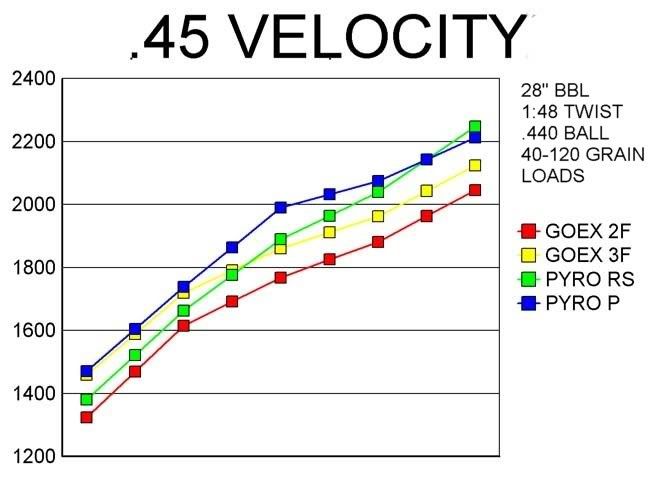- Joined
- Aug 22, 2004
- Messages
- 1,360
- Reaction score
- 184
We all know there's quite a difference in performance when it comes to barrel lengths of BP revolvers. I'm curious as to the specifics. Col Colt seemed to like around 8" for his, though I've read there were plenty of "belt" pistols that were closer to 5".
Can anyone here give actual info regarding the relative merits of barrel lengths? Not sighting, but the ballistics / lethality involved?
(Zonie, I'm glancing in your direction! :wink: )
Can anyone here give actual info regarding the relative merits of barrel lengths? Not sighting, but the ballistics / lethality involved?
(Zonie, I'm glancing in your direction! :wink: )






